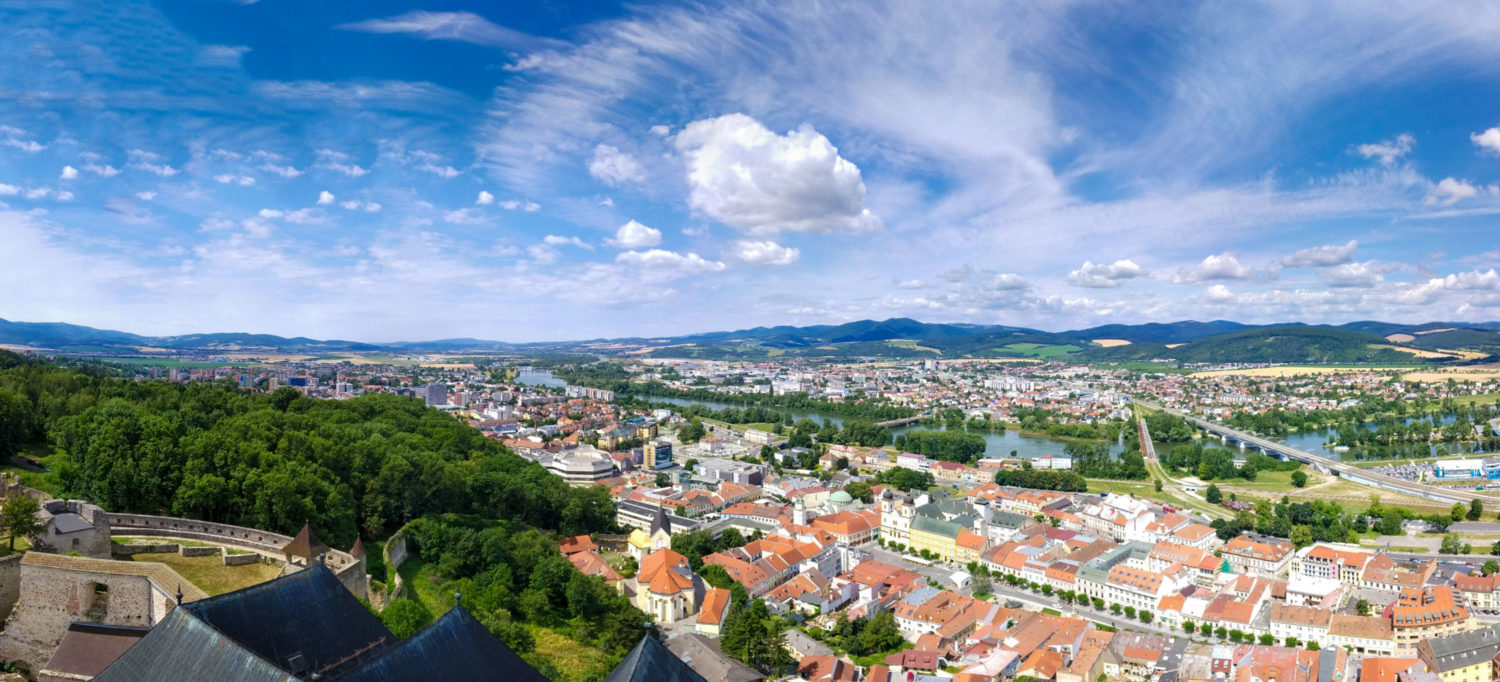Forest Park Brezina, which now complements the scenery of Trenčín Castle, is the product of the work of human hands and the largest green project in the history of the city. In the 19th century, the visitors saw Trenčín in a completely different way than we do now: a ruin standing on the castle rock, and pastures rolling the surrounding bare hills. The slopes of Brezina began to be planted as early as around 1847 by the parish priest of Trenčín, Ľudovít Stárek. The first rooted trees were birches (in Slovak: breza) and gave the future forest a new name, Brezina.
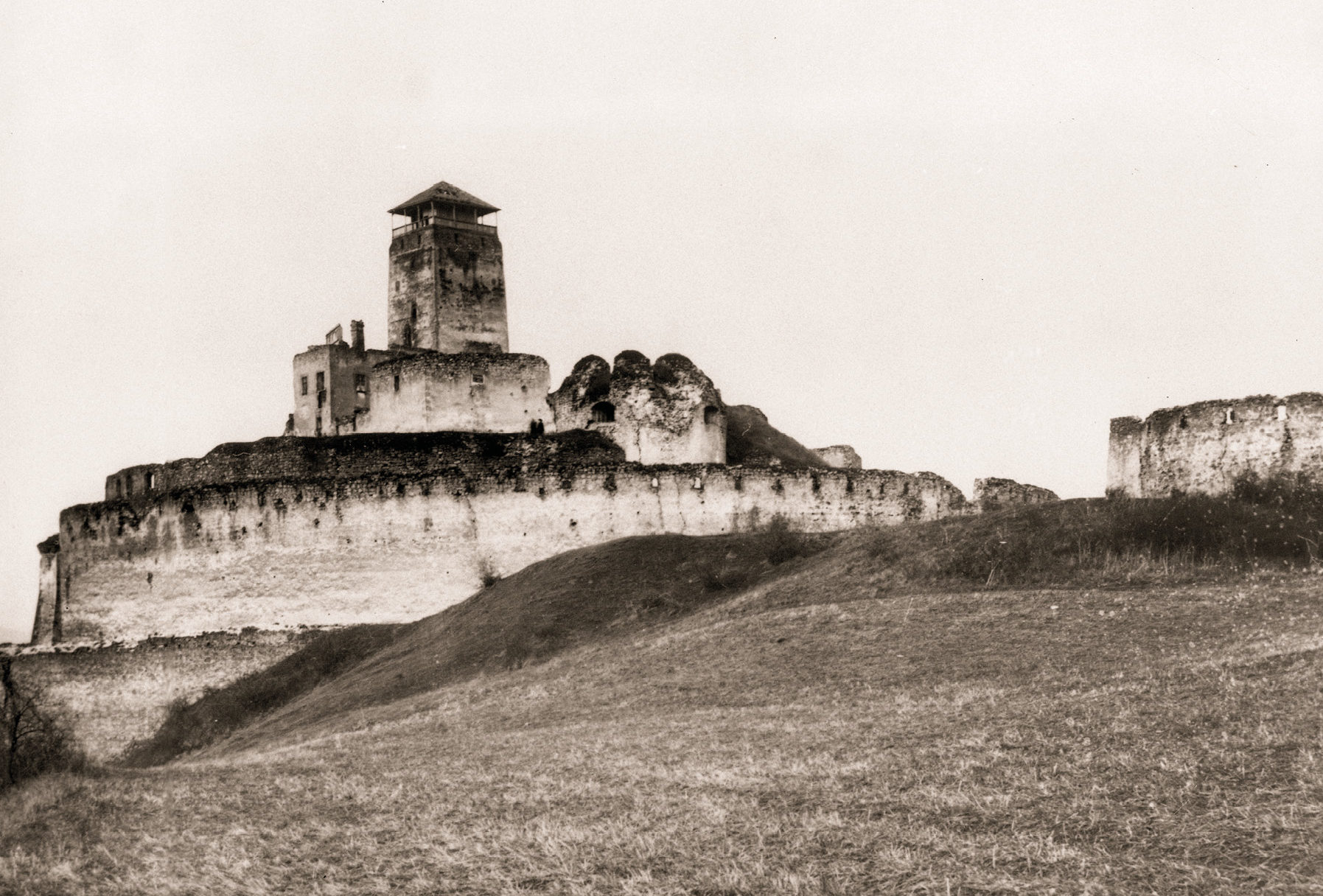
Austro-Hungarian ecological project
In those days, Trenčín suffered from a lack of water and the purpose of the afforestation was to slow down the outflow of rainwater, improve its infiltration into the soil and supply of springs. In 1887, when Ernö Ucsnay became the mayor of Trenčín, the municipality decided to afforest the bare hills above the city. The trees started to be planted around a spring on the southern slope of Brezina, in the part of town called Trudná (in the area of today’s Nad tehelňou Street). The planting proceeded to the city towards the walls and over the slopes along the ridge. The last area planted was around today’s Štefánikova and Kukučínova Streets. The Austro-Hungarian monarchy also supported the afforestation through the supply of seedlings.
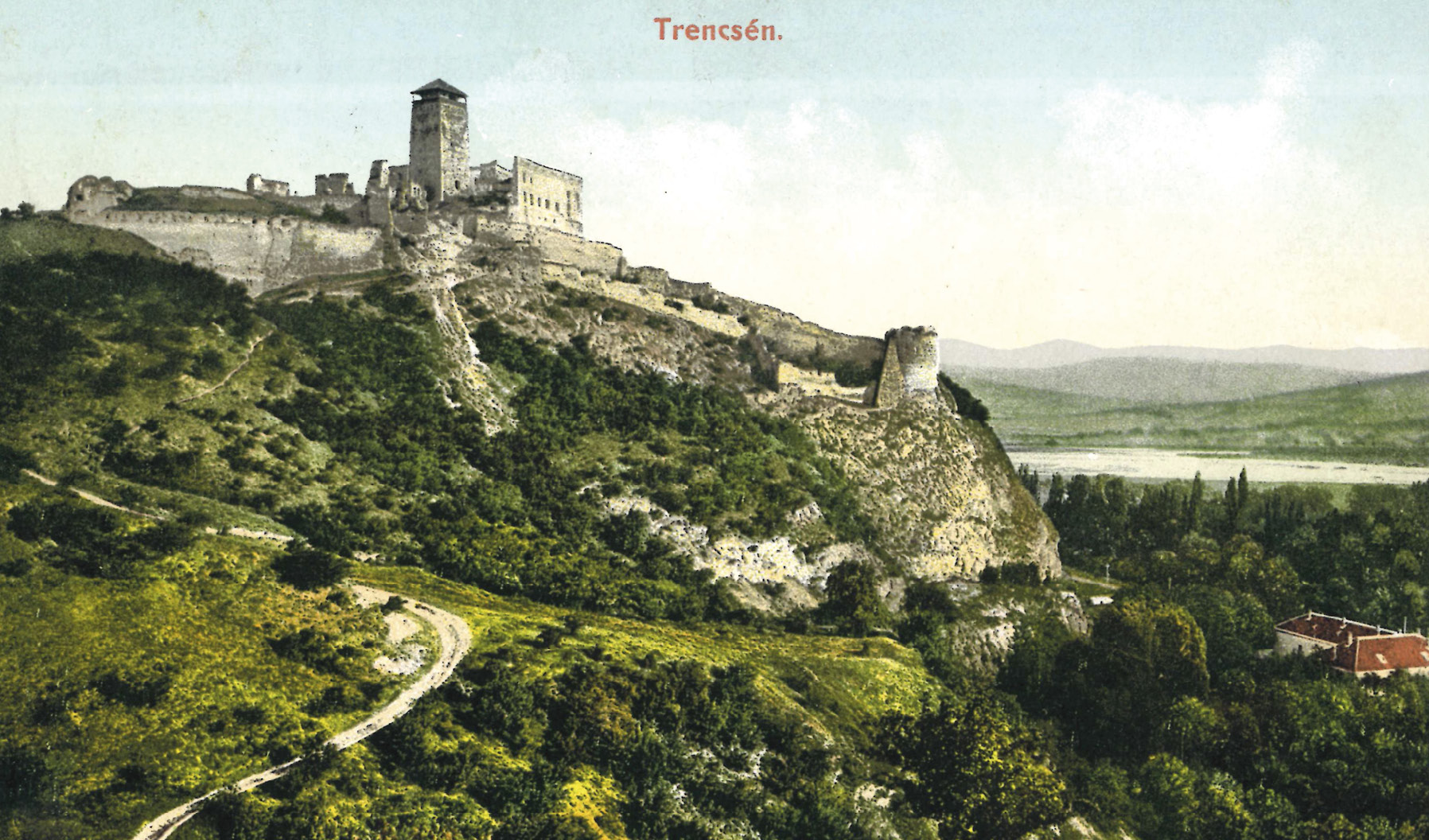
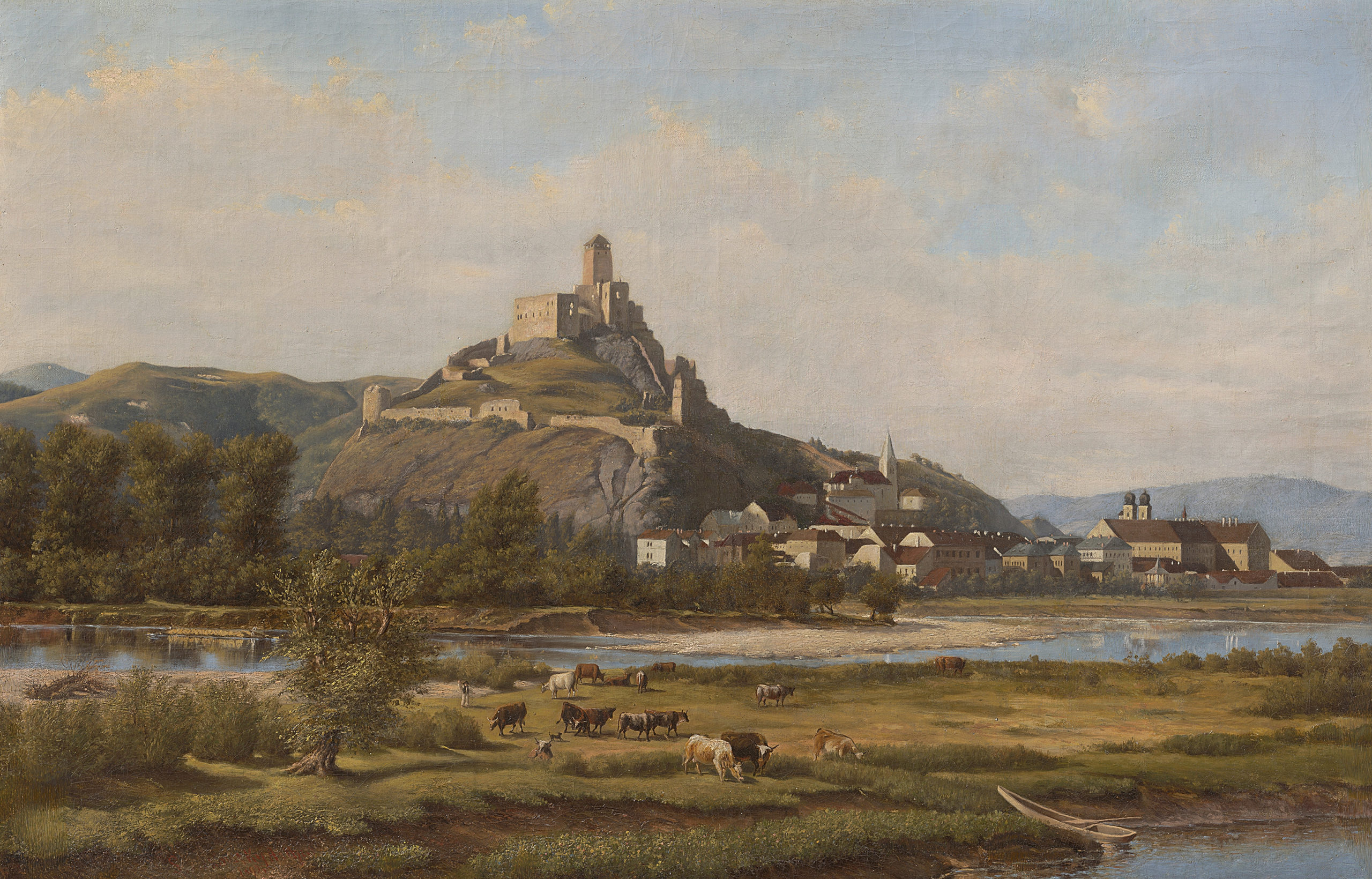
Brezina as a gift for the city
The year 1907 was an extraordinary one in the history of Brezina – in that year the then owner of the castle, Iphigenia d´Harcourt, donated the castle and the lands in its vicinity to the town. For both, this meant the end of long disputes. The castle, which burned down in 1790, was deteriorating for yet another over 100 years and the stones were falling off it onto the houses and alleys beneath. The municipality demanded that Iphigenia would repair the damage, but she had neither the money nor the interest in maintaining the castle. When the municipality got the land under its administration, it could finally include the whole of Brezina in its great green plans.
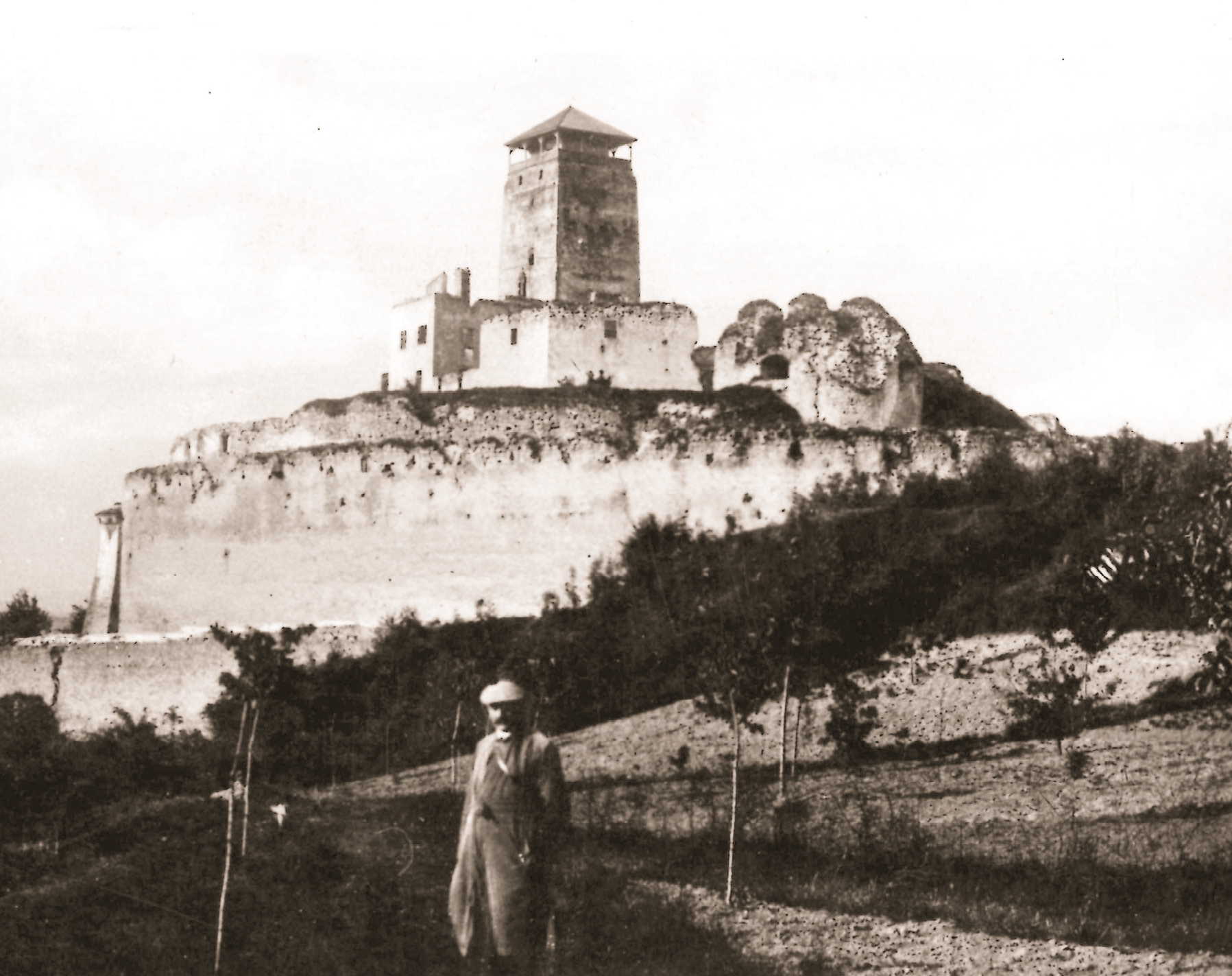
Stubborn municipality
After eight years of hard work, the goal seemed to be in sight. In 1894, the town council estimated that the whole of Brezina could be planted within two years. However, they underestimated the situation and the planting eventually lasted for another twenty-one years.
The reason was a series of failures: at that time, there were severe droughts in Trenčín, so half to three-quarters of the seedlings dried up during some seasons. The new grove was also devastated by fires, grazing goats and vandalism. In some places, seedlings had to be planted several times in a row. However, the councillors were so incredibly stubborn and tenacious that each year they planted new trees in place of the dried up ones.
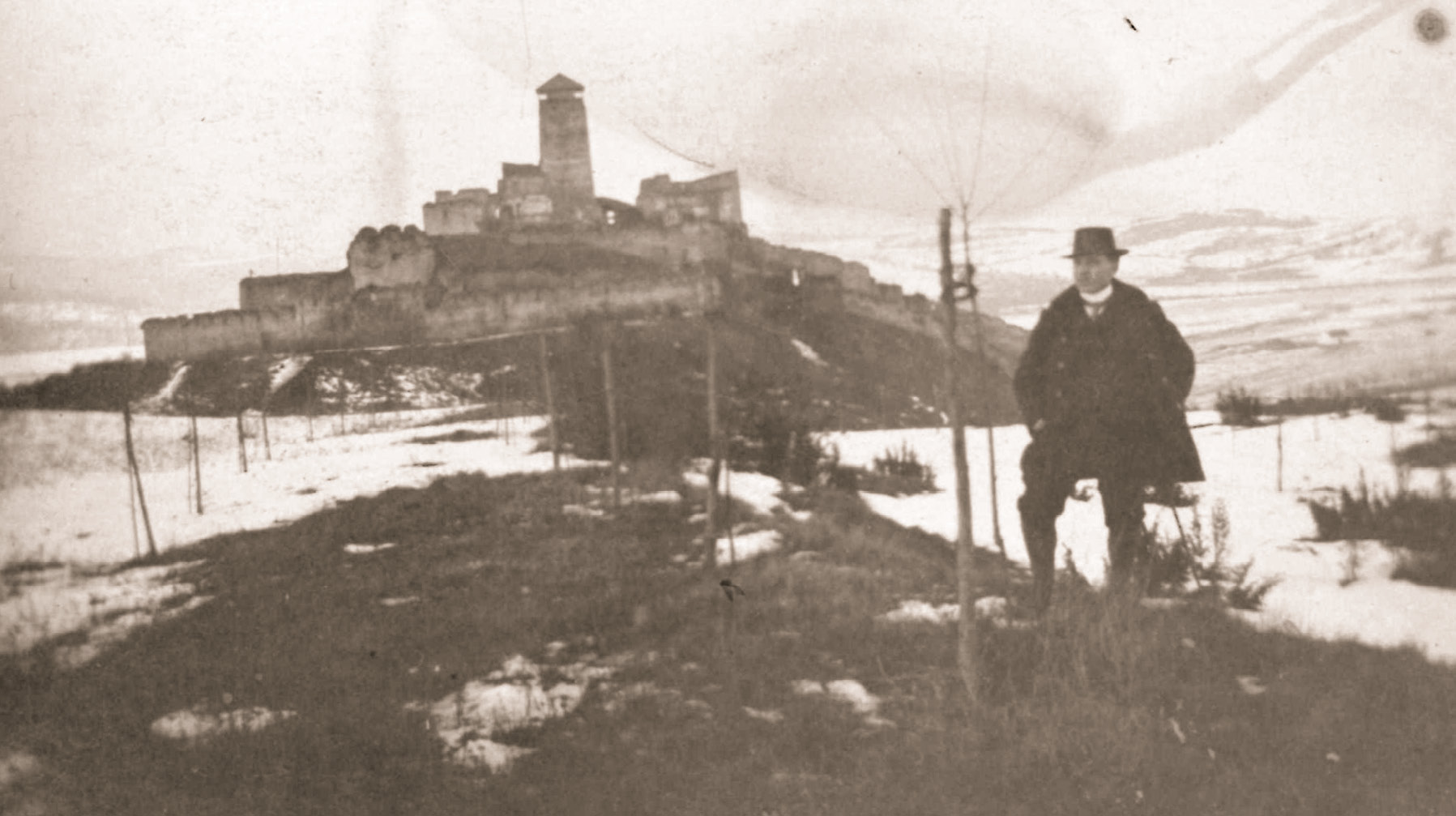
Three million trees in Brezina
It is a great fortune that Mayor Ernö Ucsnay kept detailed records of the activities of the city at that time. The city annals written in Hungarian have been preserved in the State Archive in Trenčín and archived the information about the planting of Brezina and the establishment of the Cherry Orchard.
We can now read that in 28 years (since he took office in 1887), more than three million seedlings were planted on the bare areas of today’s Brezina. Black pine, originally from Croatia, did well here. Furthermore, spruces, maples, oaks and alders were also planted and agates were planted on the rocky slopes near the Kukučínova Street.
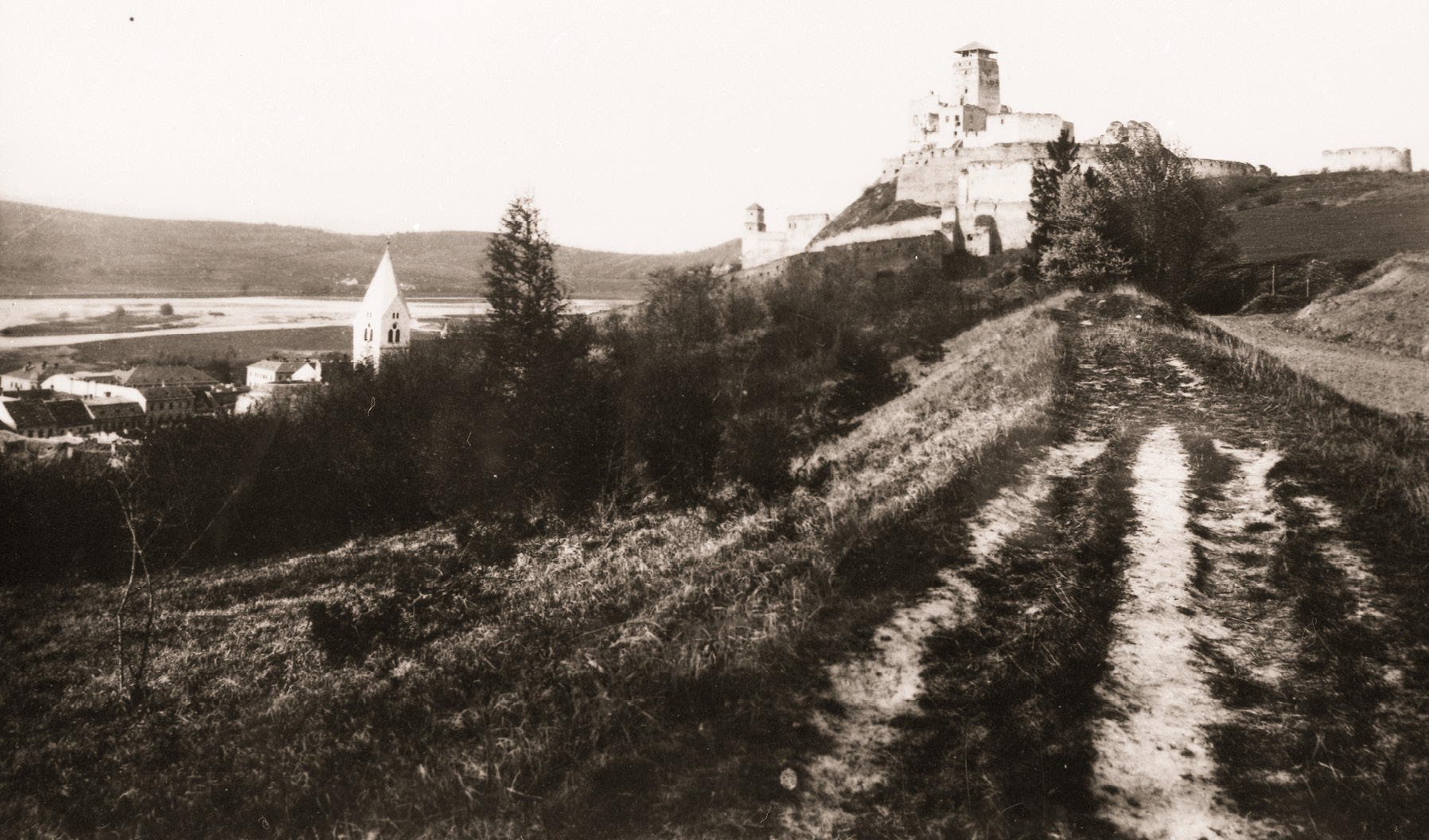
Author: prepared in collaboration with the State Archive in Trenčín.
Pictures:
- Pictures 1 and 5: from the Museum of Trenčín collection
- Picture 3: from the Gallery of Miloš Alexander Bazovský in Trenčín collection
- Pictures 2 and 4: from the Ján Hanušin collection


